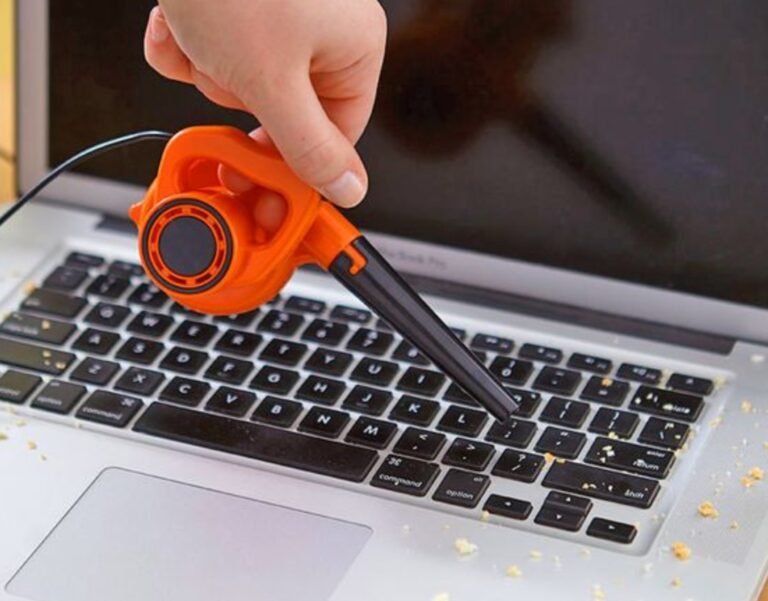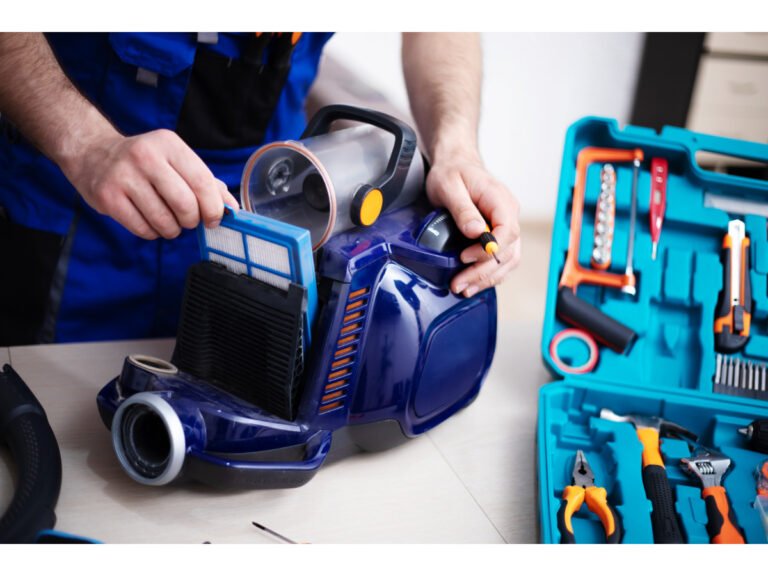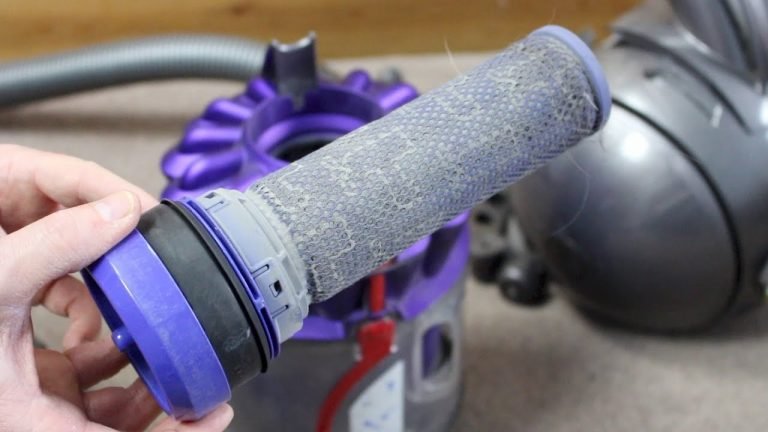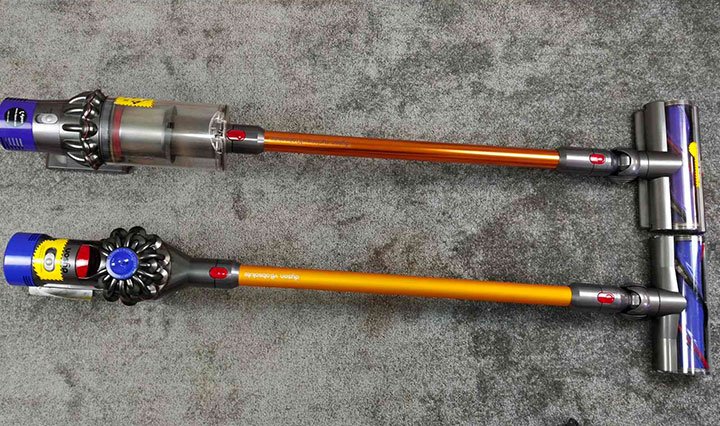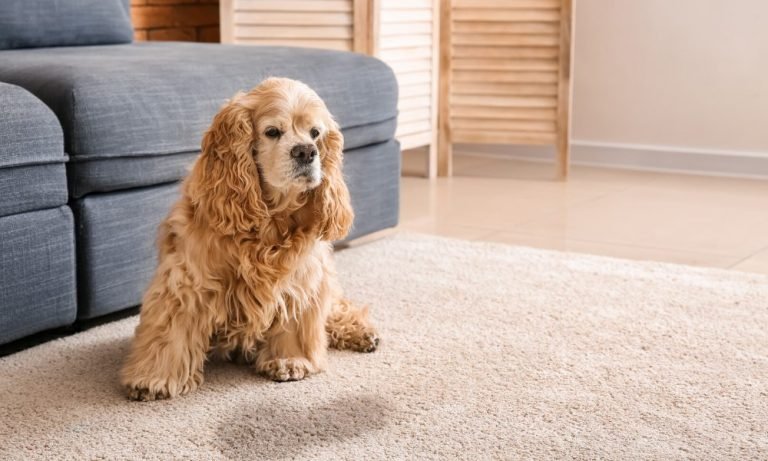No-Vac Zone: Things You Should Never Vacuum
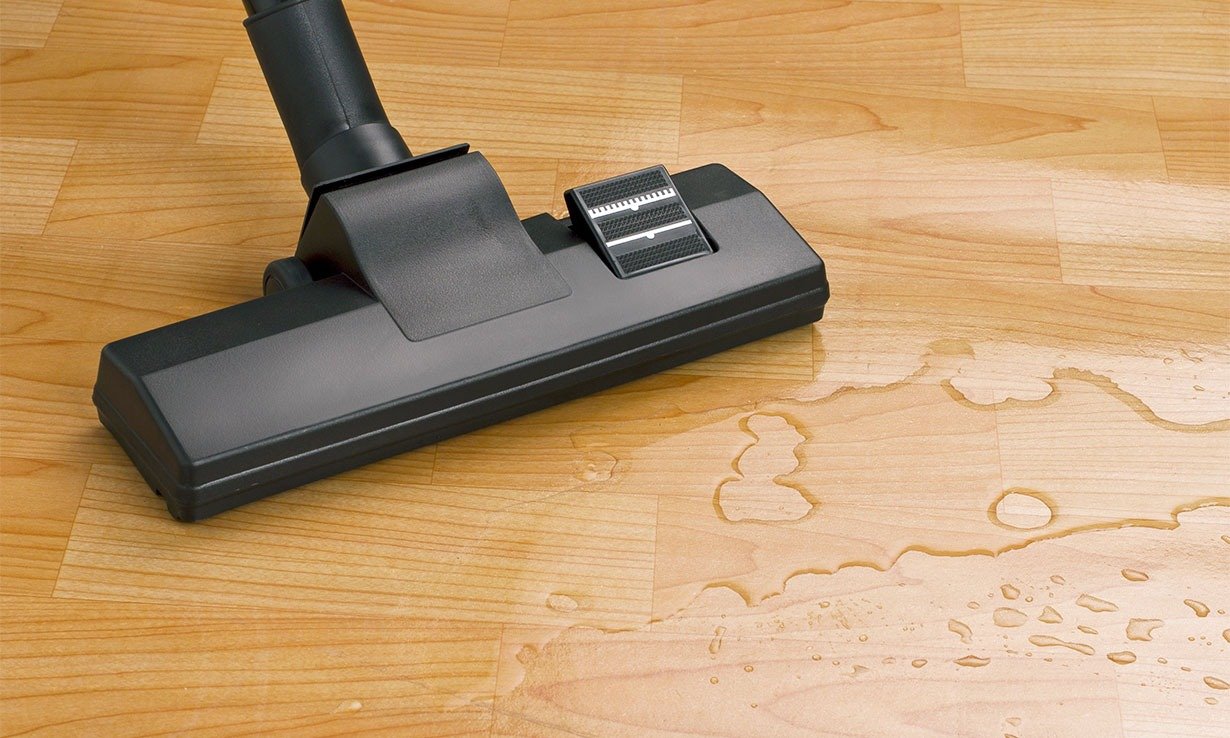
Learning what things you should never vacuum is as important as learning how to operate a vacuum cleaner. Here’s why good vacuuming matters. It may appear simple, but there’s more. Proper vacuuming keeps our homes clean and extends the life of our vacuum equipment.
You may wonder, “What’s the big deal?” Can I vacuum anything I need?” This is when things become interesting. Vacuuming the incorrect stuff might damage your vacuum cleaner and reduce cleaning efficiency. Imagine vacuuming liquids, hot ashes, or big particles. It seems like a simple fix, but it may cause electrical risks, internal component damage, and cleaning routine safety issues.
From silk and lace to glitter and burning ashes, your vacuum cleaner should avoid a wide range of materials. The goal is to maintain your vacuum and clean safely and effectively. Ready to learn good vacuuming? Roll up your sleeves and see what should never go near your vacuum.
Delicate Fabrics and Textiles
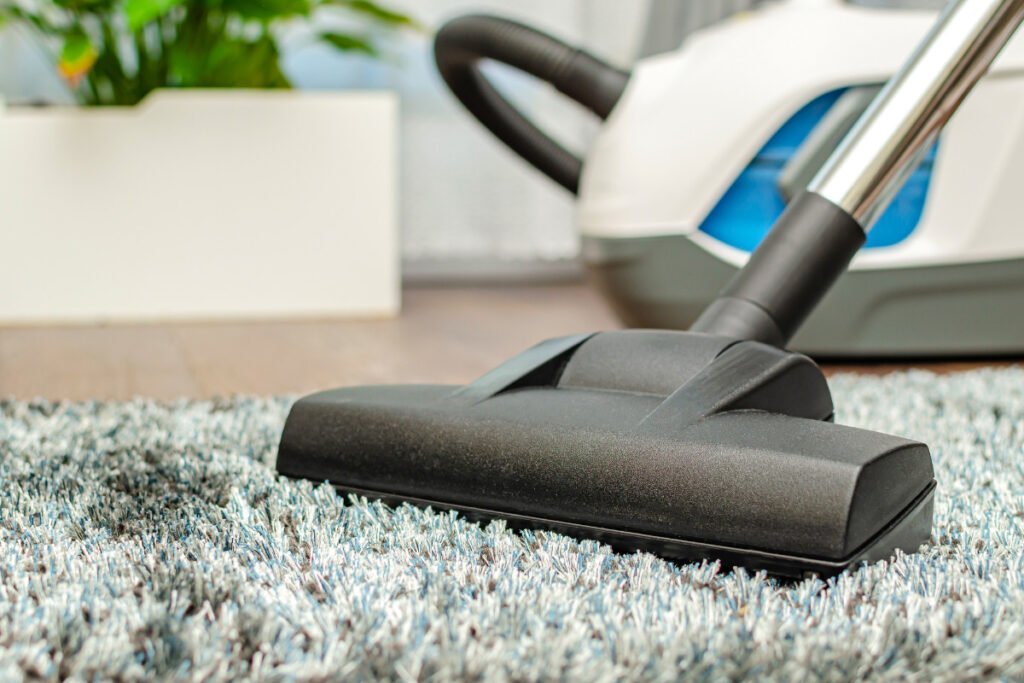
Regarding your trusty vacuum cleaner, you should carefully handle delicate fabrics like silk, lace, and wool and keep them far from the suction power. These materials are prone to snagging, tearing, or losing their delicate fibers when exposed to the forceful pull of a vacuum.
The intricate weaves, fine threads, and soft textures of fabrics like silk make them particularly vulnerable. Vacuuming delicate fabrics can compromise the integrity of your favorite garments or textiles and damage the vacuum cleaner itself, causing potential clogs and reduced efficiency.
👉🏻Examples of delicate fabrics
- Silk: This luxurious fabric is known for its smooth, soft feel and is common in clothing, bedding, and home decor.
- Lace: Delicate and often intricate, lace fabrics are common in lingerie, formalwear, and decorative elements.
- Wool: A natural fiber known for its warmth and softness, wool is commonly used in sweaters, blankets, and rugs.
👉🏻Alternatives for cleaning delicate fabrics
Instead of subjecting delicate fabrics to the potential hazards of a vacuum cleaner, consider gentler cleaning alternatives. For dusting delicate clothing items or accessories, a soft brush or lint roller can effectively remove surface debris without risking damage. Handwashing or using a garment steamer are also viable options for maintaining the pristine condition of delicate fabrics. Prioritize the longevity and quality of your delicate textiles by choosing cleaning methods that treat them with the tenderness they deserve.
Wet or Damp Items
Let’s talk about a common vacuuming pitfall: tackling wet or damp items. It’s like a tempting shortcut that, in reality, leads to more trouble than it’s worth. Vacuum cleaners handle dry materials, and introducing moisture into the equation can spell disaster. First off, the obvious one – safety. When you mix water and electricity (a vacuum cleaner’s best friend), you’re playing with fire, metaphorically and sometimes literally. Wet materials can short-circuit the electrical components of your vacuum, turning your cleaning session into an unexpected adventure.
But it’s not just about safety. Vacuuming up wet items can turn your once trusty vacuum into a breeding ground for mold and mildew. Moisture trapped in the nooks and crannies of your vacuum creates an ideal environment for these unwelcome guests. So, before you think about giving that spilled drink or wet carpet a vacuuming solution, remember it’s a slippery slope that can lead to more mess than you started with.
💦Consequences of vacuuming wet materials
- Electrical hazards: Mixing water and electricity can lead to short circuits, potentially causing damage to the vacuum cleaner or posing a safety risk.
- Mold and mildew growth: Wet materials can introduce moisture into the vacuum’s interior, creating a breeding ground for mold and mildew.
- Reduced suction: Wet substances can clog filters and hoses, diminishing the vacuum’s suction power and overall efficiency.
- Unpleasant odors: Moisture trapped inside the vacuum can foster the development of unpleasant odors, affecting the air quality during use.
💦Proper Ways to Deal with Wet Spills and Messes
Navigating wet spills without the aid of your trusty vacuum might seem like a challenge, but fear not. There are practical alternatives that ensure a mess-free cleanup without risking your vacuum’s well-being. Let’s dive into some tried-and-true methods:
- Absorbent Materials: Use absorbent materials like paper towels or clean cloths for small liquid spills. Gently blot the spill to soak up as much liquid as possible.
- Broom and Dustpan Duo: The classic broom and dustpan combo comes to the rescue when dealing with larger spills, especially on hard surfaces. Sweep the liquid into a manageable area and scoop it up with a dustpan.
- Wet/Dry Vacuum: This can be a game-changer if you have a wet/dry vacuum explicitly designed for handling liquids. These specialized vacuums can safely tackle wet messes without risking damage to the internal components.
- Commercial Carpet Cleaner: Consider using a commercial carpet cleaner for wet spills on carpets. These machines handle liquid messes while ensuring your carpet doesn’t become a breeding ground for mold.
- Air Drying: Once you remove most liquid, allow the affected area to air dry thoroughly. Opening windows or using fans can expedite drying and prevent lingering moisture.
Small Objects and Loose Items
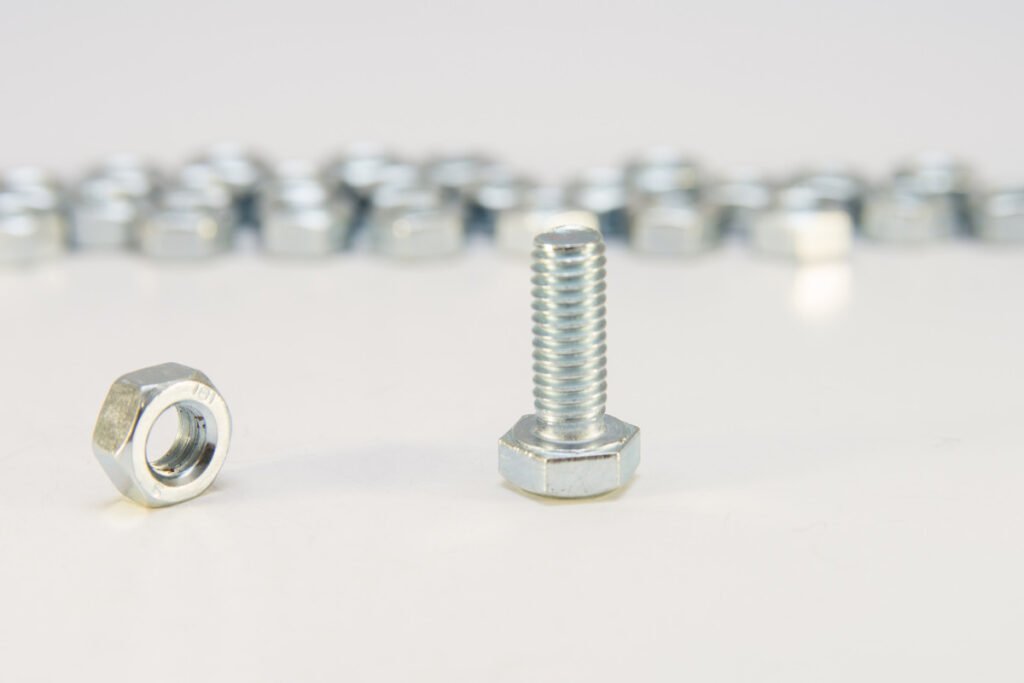
If you have small objects like coins, paper clips, buttons, or loose items like screws or nails, always remember to remove them manually before vacuuming. These small objects can clog the vacuum’s hose or damage the internal components. They can even pose a safety risk by getting caught in the vacuum’s fan or motor.
In addition to this, loose items like screws or nails can scratch and damage your floors or furniture. Therefore, before using a vacuum cleaner, look around and do a quick sweep to remove any small or loose items. It will not only protect your vacuum cleaner, but it will also protect your belongings from any potential damage.
Flammable Materials
If you have flammable materials such as ashes, cigarette butts, or chemicals to clean up, avoid using your vacuum.
When exposed to the heat generated by the vacuum’s motor, these substances can ignite or release toxic fumes. You don’t want to risk a fire or injury to yourself or your family.
Properly dispose of flammable materials according to local regulations to ensure everyone’s safety.
Remember, it’s important to always prioritize safety over convenience. Avoid vacuuming any materials that may cause harm, and dispose of them properly to keep your home and vacuum running smoothly.
Sharp or Pointed Objects

It is essential to be careful when vacuuming sharp or pointed objects such as broken glass, needles, or pins. These items can damage the vacuum’s hose or bag, potentially injuring or damaging it. Always handle sharp objects separately and dispose of them safely. For instance, use a dustpan and brush to pick up broken glass or sharp objects. Ensure the dustpan is sturdy enough to avoid breakage, and wear gloves to protect your hands.
To avoid hurting yourself, never put your hand inside the vacuum cleaner’s nozzle to retrieve an item. The suction power may be too strong, and you may injure yourself. Turn off the machine immediately if you accidentally vacuum sharp or pointed objects. Unplug it from the socket and carefully remove the bag or canister.
Flour, Talcum Powder, and Fine Debris
Vacuuming may seem like the most efficient solution when it comes to cleaning up fine dust and powders, such as flour, talcum powder, or fine debris. However, using your vacuum to clean up these substances can do more harm than good. Here’s why you should avoid vacuuming fine dust and powders and what you can do instead.
▶The Dangers of Vacuuming Fine Dust and Powders
One of the main reasons to avoid vacuuming fine dust and powders is that they can clog the vacuum’s filters and reduce their efficiency. These substances can also escape through the exhaust, potentially causing respiratory problems or aggravating allergies.
In addition, fine dust and powders can be abrasive and can cause damage to your vacuum’s motor or other components. They can also create a static charge that can attract even more dust and debris, making your cleaning efforts less effective over time.
▶Alternative Cleaning Methods
Instead of vacuuming fine dust and powders, you can use a dustpan or brush to clean them up. Simply sweep them into the dustpan or brush them into a container and appropriately dispose of them.
If you need a more powerful cleaning tool, consider using a specialized vacuum for fine dust and powders. These vacuums have filters and other features that make them more effective at capturing and retaining fine particles.
Food Waste and Liquids

When cleaning up spills and messes, your first instinct may be to reach for your trusty vacuum cleaner. However, certain materials, including food waste and liquids, should never be vacuumed.
🥨The Risks of Vacuuming Food Waste and Liquids
Vacuuming food waste, such as crumbs or spilled food, can lead to unpleasant odors and attract pests. Additionally, liquids can cause damage to the internal components of your vacuum cleaner, such as the motor or the filters. It can result in decreased suction power or even a malfunctioning machine.
🥨How to Clean up Food Waste and Liquids
If you spill food or liquids, cleaning them up using appropriate cleaning materials, such as a cloth or paper towel, is best. A wet/dry vacuum may suit liquids, but ensure it is suitable.
If you need to dispose of food waste, place it in a designated compost or garbage bin. Never dispose of food waste in your vacuum cleaner, as this can cause damage and attract pests.
🥨Tips for Maintaining Your Vacuum Cleaner
- Regularly empty the dustbin or change the vacuum bags to prevent clogs and maintain suction power.
- Clean or replace the filters as the manufacturer recommends to ensure proper performance.
- Avoid vacuuming materials that can damage the internal components, such as food waste and liquids, sharp objects, small items, and flammable materials.
- Keep your vacuum cleaner dry and cool to avoid humidity and high temperatures.
By following these tips and avoiding vacuuming food waste and liquids, you can maintain the performance and longevity of your vacuum cleaner and keep your home clean and safe.
Electronic Devices and Cables
If you’re like most people, you probably use your vacuum to clean up all sorts of messes around your house. However, you should never vacuum certain items, and electronic devices and cables are one of them.
🔧The Dangers of Vacuuming Electronic Devices
Never use your vacuum to clean electronic devices such as laptops, televisions, or keyboards. Doing so can generate static electricity that can damage sensitive components in these devices, potentially rendering them useless. Even worse, this damage may not be immediately noticeable, meaning you could be causing long-term harm to your electronic devices without even realizing it.
🔧The Risks of Vacuuming Cables
Just as you should avoid vacuuming electronic devices, you should also avoid vacuuming cables. Vacuuming cables can cause tangling or disconnection. If the cable is damaged, it could become a safety hazard. If you notice cables becoming dirty or dusty, use a microfiber cloth or compressed air to clean them instead.
🔧Ways to Clean Electronic Devices and Cables
Consider using specialized cleaning tools or compressed air if you need to clean electronic devices or cables. These tools safely remove dust and debris from sensitive electronics without causing any damage. You can find them at most electronics stores or online retailers.
Remember, your electronic devices and cables are valuable investments, and taking care of them properly is important. Avoiding vacuuming them is just one way to ensure they stay in good condition and function properly for years.
Frequently Asked Questions
Q: When not to use a vacuum?
A: Using a vacuum in certain situations where it may cause damage or pose a safety risk is not advisable. You should never vacuum damp surfaces since it might harm the vacuum and cause electrical hazards. Also, refrain from vacuuming large debris, such as nails or small toys, as this can damage the vacuum’s motor or internal components. It’s essential to follow the manufacturer’s guidelines and refrain from using a vacuum for tasks it’s not designed for, such as picking up flammable materials or hot ashes. Always prioritize safety and consult the user manual for specific recommendations on what your vacuum is suitable for to ensure optimal performance and longevity.
Q: What can damage a vacuum?
A: Several factors can potentially damage a vacuum cleaner. One common cause is vacuuming liquids or wet materials, which can harm the motor and pose electrical risks. Vacuum cleaners are also susceptible to damage when used on large debris like nails or small objects that can obstruct the vacuum’s components. Overfilling the dustbin or neglecting to clean filters regularly can lead to reduced suction and strain on the motor. It’s important to be cautious with the type of material you are vacuuming, avoiding flammable substances or hot ashes that can damage internal parts.
Q: Is it OK to vacuum glitter?
A: It is technically possible to vacuum glitter, but it is not generally ideal. Glitter is often lightweight and can become easily dispersed throughout the vacuum’s components, including the brushes and filters. It can potentially reduce the vacuum’s efficiency and make it challenging to clean thoroughly. Moreover, glitter can be abrasive, causing premature wear and tear on the vacuum’s internal parts. If glitter needs to be cleaned, it’s advisable to use alternative methods such as a handheld vacuum, a damp cloth, or tape to pick it up without putting unnecessary strain on your regular vacuum cleaner.
Q: Is it OK to vacuum rice?
A: It is generally safe to vacuum rice using a vacuum cleaner designed for dry materials. However, there are a few considerations to keep in mind. Ensure the rice is completely dry, as wet or damp rice can cause clogs and damage the vacuum. Additionally, be mindful of the quantity of rice vacuumed, as large amounts may strain the vacuum motor or clog the hose. If you’re dealing with a significant spill or cleaning up a large quantity of rice, it may be more effective to use a broom and dustpan first to remove the bulk of the rice and then vacuum any remaining particles. Regularly empty the vacuum’s dustbin to maintain optimal performance.
Q: Can I vacuum down feathers?
A: Vacuuming down feathers is generally not recommended, as they are lightweight and can easily get caught in the vacuum’s filters and components, potentially leading to clogs and reduced suction. Down feathers are also delicate and may be damaged by the suction force of a vacuum cleaner. If you need to clean up down feathers, it’s advisable to use a handheld vacuum or a gentle approach, such as carefully sweeping them into a dustpan or using a lint roller. It helps avoid potential damage to the vacuum cleaner and the delicate down feathers while effectively cleaning the area.
Conclusion
It’s crucial to exercise caution and adhere to certain guidelines when using your vacuum cleaner to ensure optimal performance and longevity. There are several items you should never vacuum, such as liquids, hot ashes, and large debris like nails, as they can potentially damage the vacuum’s motor and internal components. Delicate materials like down feathers and lightweight items such as glitter may also pose risks of clogging and reduced suction. Always consult your vacuum’s user manual for specific recommendations and limitations.
If you encounter challenging spills or materials, consider alternative cleaning methods, such as sweeping and using a dustpan for larger debris. Remember, proper maintenance, adherence to manufacturer guidelines, and using your vacuum for its intended purpose are key to preserving its efficiency. If you have any questions or insights about items to avoid when vacuuming, please share them in the comments below. Your experiences can contribute to a collective understanding and help others make informed decisions about their vacuuming practices.

